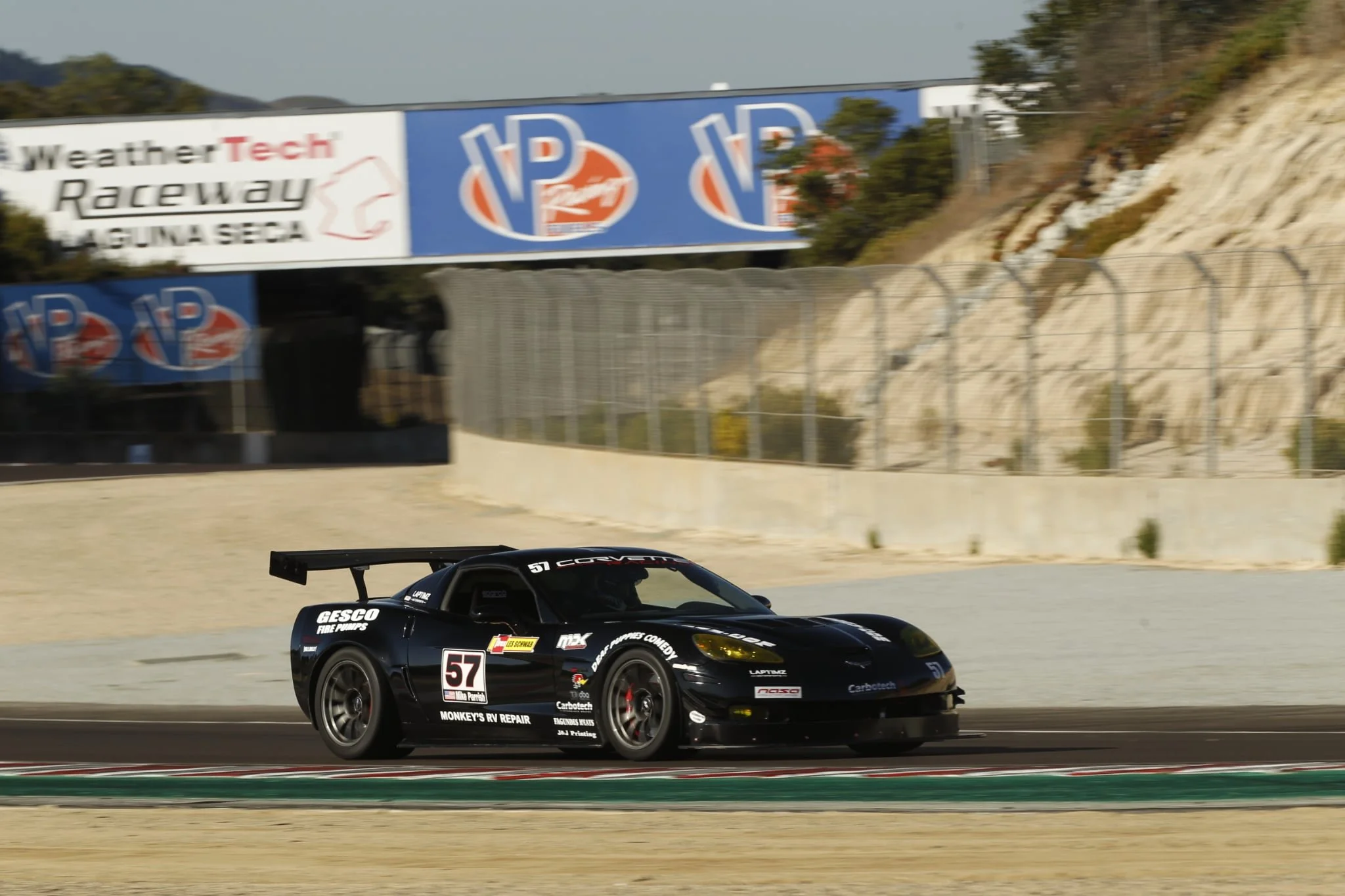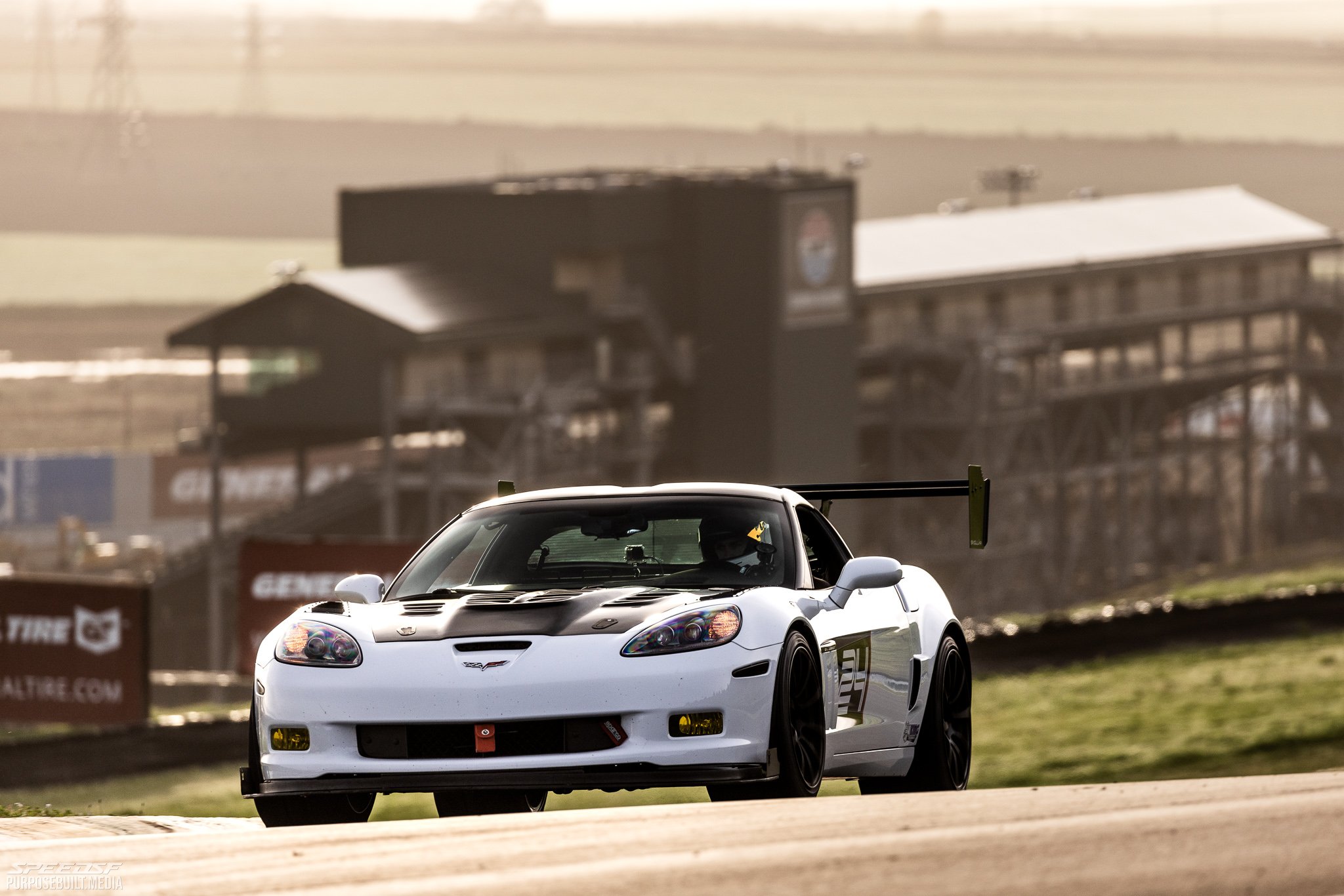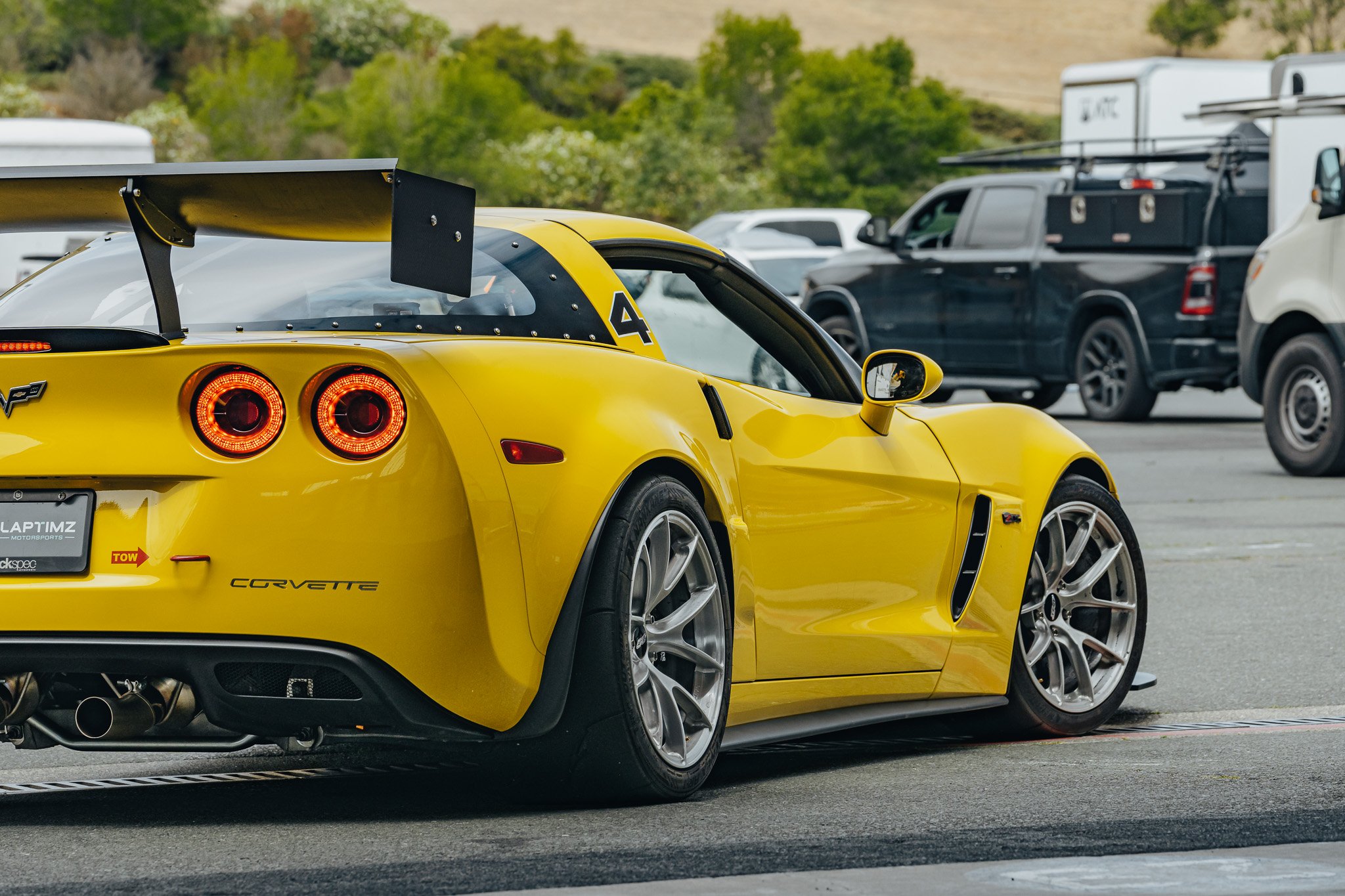
SpeedSF Blog
Every Build Has a Story – Meet the Cars of SpeedSF

Felix’s Corvette Z06: Easy Mode Alternative
Hoping to find something more exacting than his E90 without breaking the bank, Felix took a gamble on this Corvette Z06. As it turned out, the big Z needs little in modifications to go quickly, and if one can look past the consumable costs, it is one of the better driver’s cars around — his rapidly acquired skills are proof of that.

Mike’s C6: No Hanging the Helmet
After forty years on bikes, Mike and his wife made a compromise. As long as he transitioned into something safer, he'd keep going to the track. With this mildly tuned C6, he’s been able to enjoy a late-life racing renaissance.

Marcus’ Datsun 510: In His Blood
Using all his know-how from his fabrication business, Marcus Fry took an aging Datsun 510, swapped a series of motors into it, and attached enough homebuilt aero to fly a small plane with. The result is a 2,500-pound, 600-horsepower monster capable of lapping Sonoma in 1:42.

Bennet’s C8: Driver Mod Comes First
After making the jump from a Tesla Model 3 into a gen-two BRZ, Bennet realized that he had to continually tailor his driving approach to suit the new platform. He took that understanding into his next purchase, a C8 Corvette, and soon grew to love the MR platform which, initially, had been a little too challenging.

Cory’s C6 Grand Sport: Safe Not Sorry
After Cory Smetzler saw the light during a ridealong in a C6 Z06, he bought a Grand Sport from the same generation. It might not have the biggest motor or the lightest chassis in the lineup, but it has a few features which have offered him peace of mind with small few setbacks.

Thomas' Corvette: In Good Company
In only two years, Thomas has learned more than most will grasp in a decade of track days. Having a solid, dependable C5 has helped him put in his time, and having Elite Performance as a resource has made fine-tuning the car so much simpler.

Matt Paige's C6 Z06: The Track Rat’s Idea of a Hybrid
Rather than chase big power, Matt Paige made the necessary adjustments to this cost-no-object Corvette track car to make it reliable, approachable, and sexy.
